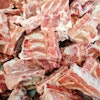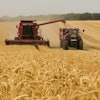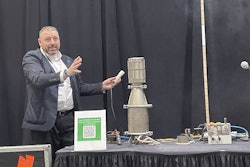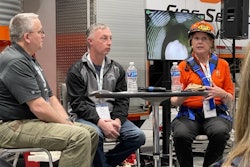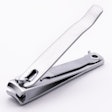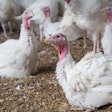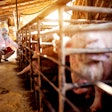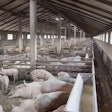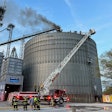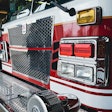
Jess McCluer, vice president, safety and regulatory affairs, for theNational Grain and Feed Association (NGFA), outlined theOccupational Safety and Health Administration's (OSHA)agenda for the grain industry atGEAPS Exchangein Kansas City on February 27.
The session offered attendees an update on emerging regulatory issues within OSHA, including rulemakings and interpretations, as well as continued enforcement within the grain handling industry through National, Regional and Local Emphasis Programs.
The National Emphasis Program onheat injury and illnessfor the grain industry and construction industry continues to be a main focus for OSHA, McCluer said.
The National Emphasis Program was launched in 2021 and since then, OSHA has conducted 564 heat related inspections on 70 high-risk industries across 44 states on days when the heat index reached higher than 80 degrees F. These inspections are aimed at engaging proactive outreach and offering technical assistance for employers affected by high heat indexes.
Currently only four states have a safety standard in place for heat injury and illness: California, Washington, Oregon, and Minnesota; and seven other states have submitted a petition for OSHA to develop a standard for their states. OSHA is now seeking industry feedback on these issues before proposing its final rules.
McCluer said OSHA's final rule will likely require employers to practice temperature acclimatization for its employees. Heat acclimatization is the improvement of heat tolerance by gradually increasing the intensity or duration of work performed in a hot setting. CDC said the best way to acclimatize employees to the heat is to increase the workload performed in a hot setting gradually over a period of one to two weeks.
NGFA has submitted comments to OSHA stating that the creation of a one-size-fits-all standard is in order for protecting workers from heat injury and illness. The ongoing rulemaking process will continue over the next several months.


